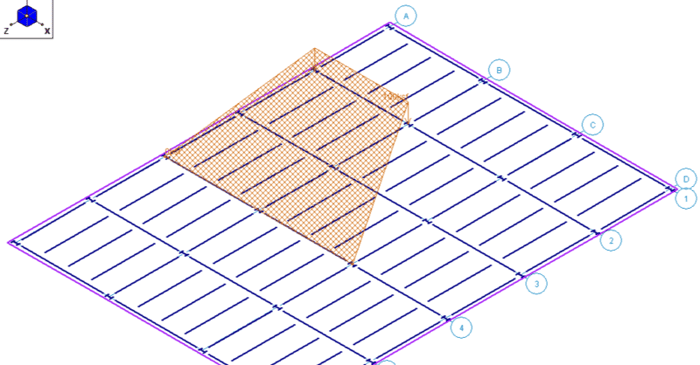
November 17, 2011
How Do I Assign Drift Snow Loads to the Roof in RISAFloor?
RISAFloor has the ability to apply tapered snow loads on your building’s roof to simulate drift snow loads.
Halloween isn’t just for candy and costumes—it’s the perfect time to test your spooky engineering skills! We’ve brewed up a Halloween-themed RISA Jeopardy game, packed with fun, easy questions about our software. Tip for readers: Try to answer before revealing the “treat” below each question! 💀 Can You Count? 100 – RISACalc: How many components are currently available in RISACalc? 10 (Beam, Column, Steel Joist, Composite Beam, Retaining Wall, Spread Footing, Wall Footing, Drilled Pier, Seismic Load, Wind Load) 200 – FD: How many Data Entry spreadsheets are available in RISAFoundation? 25 300 – RISA-3D: How many countries or regions have building codes supported in RISA-3D? 9 (US, Canada, Mexico, Europe, Great Britain, India, Australia, New Zealand, Saudi Arabia) 🎃 Adaptable 100 – ADAPT: Which of these is not an ADAPT product? ADAPT-Builder, ADAPT-Felt, ADAPT-Floor, ADAPT-ABI ADAPT-Floor 200 – ADAPT: Which mode of ADAPT-Builder is used to design slabs-on-grade on expansive soils using the PTI method? ADAPT-SOG 🕸️ The Whole Family 100 – Other: This steel detailing software and fellow Nemetschek brand has a built-in export option in RISA-3D. SDS2 200 – Other: Which design code is the most common in our software, found in 8 of our 10 programs?…
Read More

RISAFloor has the ability to apply tapered snow loads on your building’s roof to simulate drift snow loads.
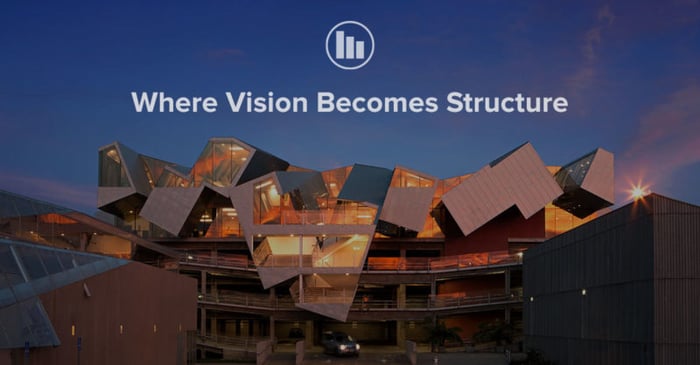
RISAFloor uses the Area Load Definitions spreadsheet to define area loads available for use on a floor.
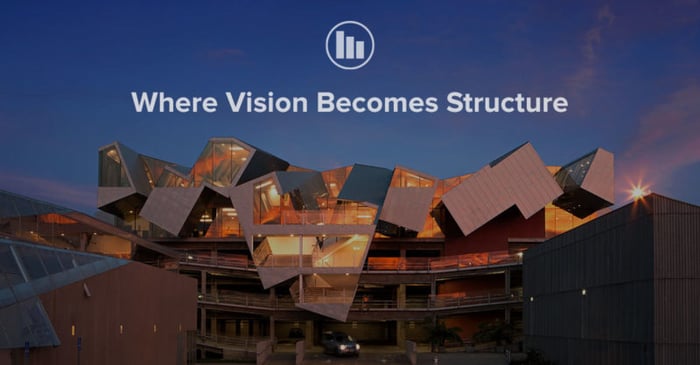
One of the most overlooked design criteria for commercial buildings is the tendency of the floor system to bounce or vibrate due to human footfalls. Excessive vibration of the floor system is a serviceability issue, and can lead to annoyance or concern from the building’s occupants.
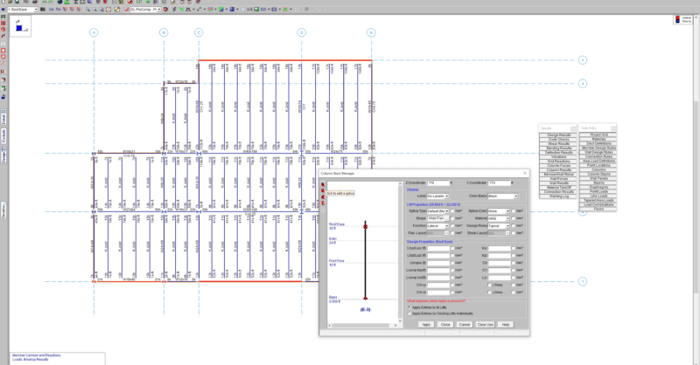
RISAFloor has the ability to model column splices for all columns. You have the choice of a Moment or Shear splice depending upon what type of forces you want the splice to transfer. There are a few different ways to define your splices that give you flexibility in assigning them to your columns.
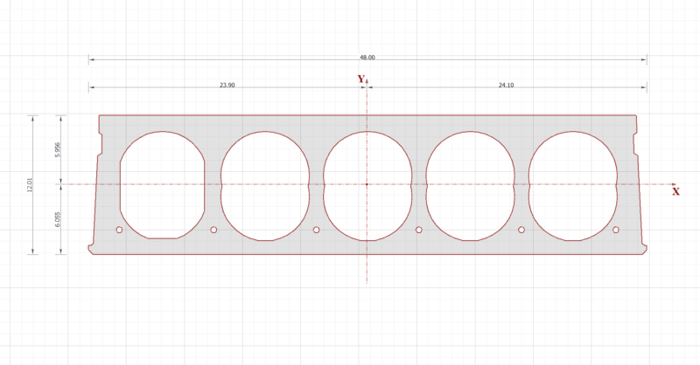
The latest version of RISASection, includes a powerful new DXF import feature. This feature allows the user to import any 2D geometry into RISASection for the calculation of the cross-sectional properties and the import into RISA-2D, RISA-3D or RISAFloor for use in the larger model.
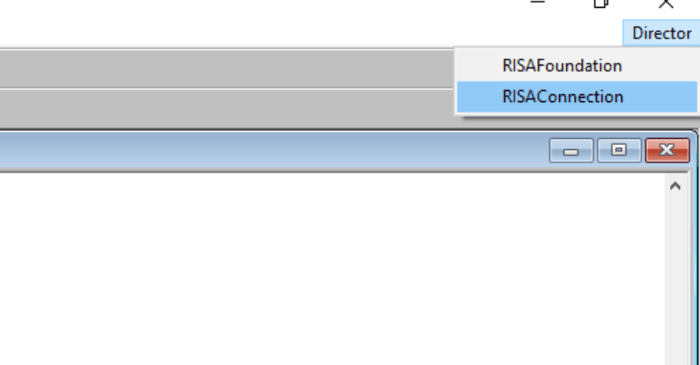
There are several ways to take your RISA-3D or RISAFloor model to RISAConnection. The RISA-3D and RISAFloor end reactions can be sent directly to RISAConnection or RISAConnection can be operated from within RISAFloor and RISA-3D.
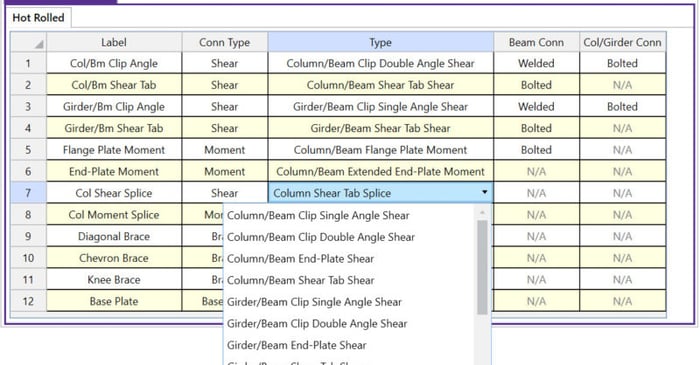
Steel connections can be designed from within RISA-3D using the integration with RISAConnection. Before you start your connection design, you’ll need to define the type of connection and assign the connections to the beams. Just follow these steps in the RISA-3D model:
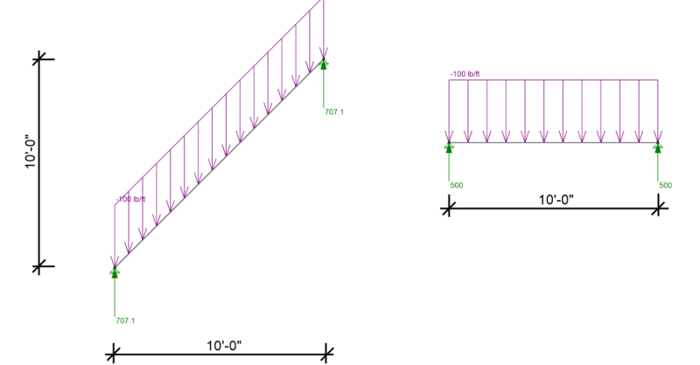
RISA-3D, RISA-2D and RISAFloor have the capability to project distributed and area loads onto members. Consider the case of snow load on two buildings: one with a flat roof and one with a sloped roof. Ignoring the concept of shedding, if both buildings have the same footprint then they should both...
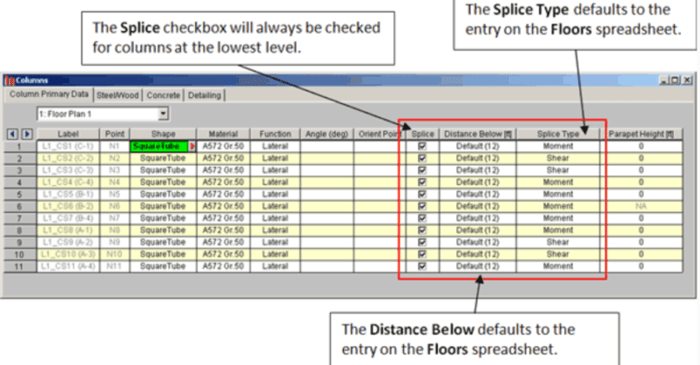
Column boundary conditions are set in RISAFloor per the Splice Type that you have set in the Columns spreadsheet. For any column at the lowest floor level, the Splice checkbox will automatically be checked, indicating that a boundary condition will be set at the base. You may set the boundary...
Our monthly "Structural Moment" newsletter is the best way to keep up with RISA’s product updates, new releases, new features, training events, webinars and more...